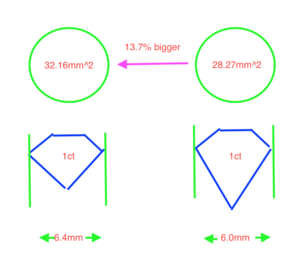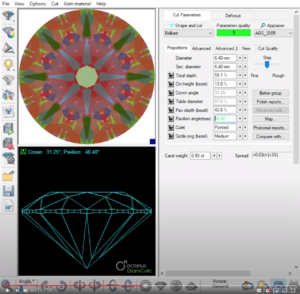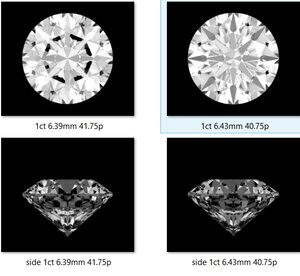Is "Asher" a misspellling of "Asscher"?
The calorie discussion is contradictory, confusing, and not completely accurate. In the dessert discussion, the number of calories is a constraint. In the hiking discussion, the number of calories is a feature to be maximized. In the first subsequent use of calories in the diamond video, it is not clear whether calories are being treated like spread (a feature) or like mass (an expense). Also, one of the illustrations has a scientifically incorrect use of "calories". Most desserts have "Calories", or thousands of "calories".
Also, consider having a native speaker of English proofread the script. In particular, many determiners (like "a", "the", "this", "that", and "these") are missing.
The calorie discussion is contradictory, confusing, and not completely accurate. In the dessert discussion, the number of calories is a constraint. In the hiking discussion, the number of calories is a feature to be maximized. In the first subsequent use of calories in the diamond video, it is not clear whether calories are being treated like spread (a feature) or like mass (an expense). Also, one of the illustrations has a scientifically incorrect use of "calories". Most desserts have "Calories", or thousands of "calories".
Also, consider having a native speaker of English proofread the script. In particular, many determiners (like "a", "the", "this", "that", and "these") are missing.






300x240.png)